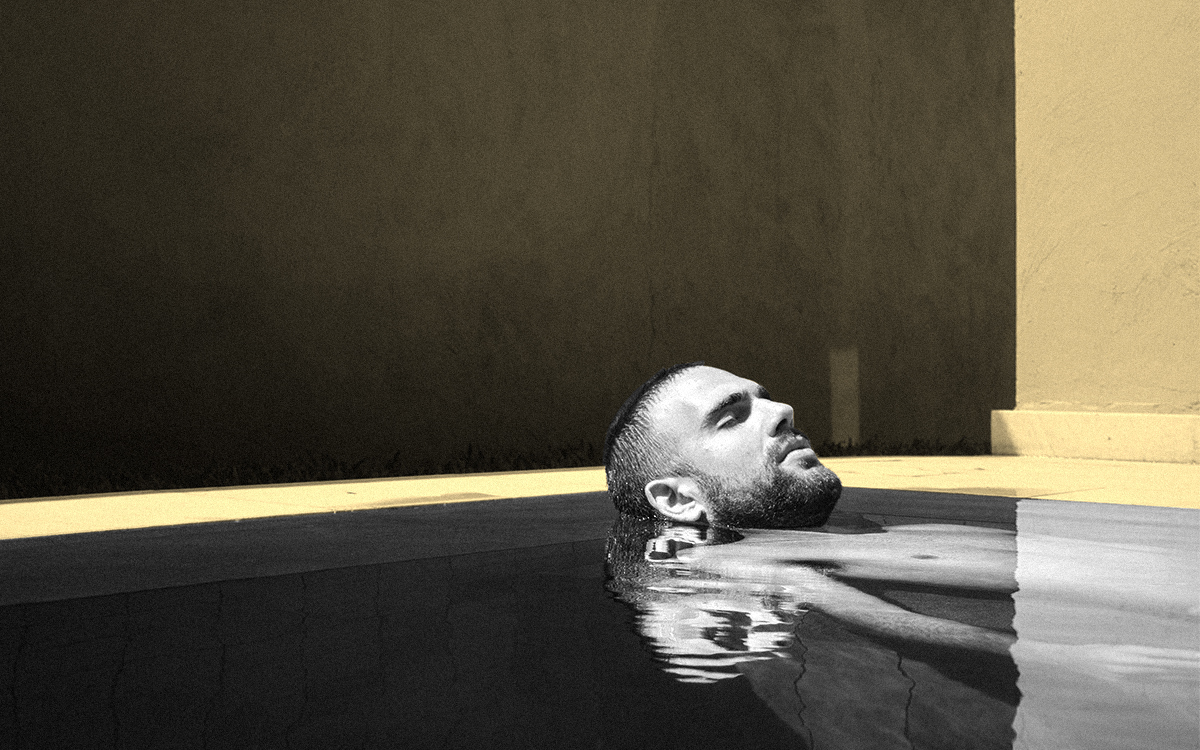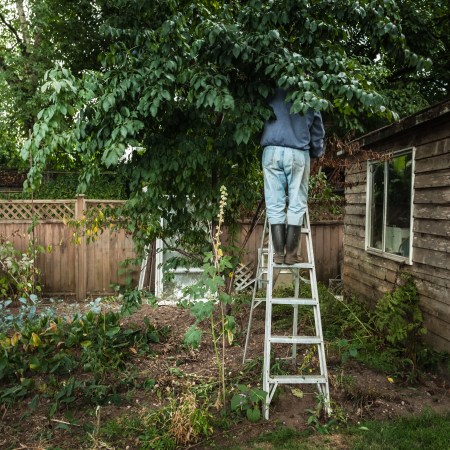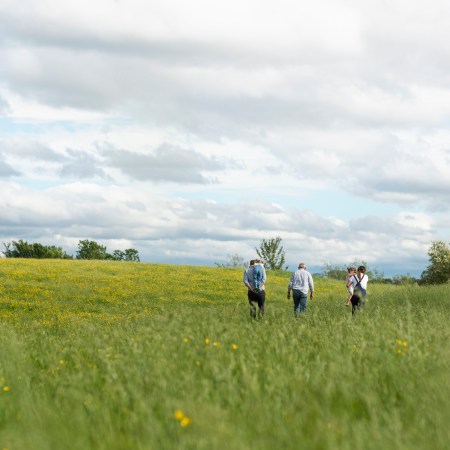There was a physician in 19th-century Poland who noticed that the local miners were surprisingly healthy. Most miners at the time had an abysmal life expectancy (that hasn’t changed much nearly 200 years later), and suffered from conditions like pneumoconiosis, occupational dermatitis and silicosis. The unluckiest of the lot died of lung cancer.
But in this particular village, the miners didn’t have respiratory issues. They might as well have been heading off to a bakery each day, not working a few hundred feet below ground. The key, the doctor concluded, was the type of mine they were working in: a salt mine.
Buoyed by this discovery — and convinced that exposure to hunks of rock salt must have some sort of anti-inflammatory effect on sinus system function — it wasn’t long before Eastern Europe started retrofitting karst caves for therapeutic purposes. The practice was actually a callback to antiquity; the Greeks and Romans, self-care fanatics they both were, had practiced “speleotherapy” (or, breathing inside a cave) millennia before it caught its second wind among the Slavs. It’s a dream origin story for modern spas, which love nothing more than pointing out how long a treatment’s been trusted by humankind.
Sauna and steam room are no longer enough to wow guests, it would seem, especially for swanky treatment centers in SoHo. As spas continue to renovate, they’re making room for new-age recovery therapies like cryotherapy chambers, plunge pools and infrared saunas. And the next big thing in treatments appears to be halotherapy, the modern descendant of speleotherapy.
Today’s version doesn’t involve journeying to an actual cave, though. The “speleo” prefix is Ancient Greek for cave. “Halo” translates to salt. These days it’s all about the salt. Some spas ship in thousands of pounds of Himalayan salt, usually from mines in Pakistan, and assemble gleaming, pink-and-orange “brick walls.” They coat the salt with more salt (in particle form), and layer the ground with granules.
I recently had a chance to try out halotherapy for the first time myself, in a “salt capsule” at BABOR Signature Spa, a recently revamped treatment center at The Dominick, a high-end hotel in downtown Manhattan. There are spas that prioritize halotherapy in New York — like Montauk Salt Cave, or Modrn Sanctuary — but BABOR offers it as a splashy amenity on top of multiple steam rooms and saunas, a terrace pool, a to-be-opened hammam, and a range of massage treatment rooms, which offer everything from facial sculpting to enzyme exfoliation. The spa also got its hands on a bunch digitally controlled Kohler rain showers, which offer the hands-down best rinse of your life. Promise.
It was difficult to leave BABOR as equally convinced of my halotherapy session, though, which involved pressing start on a Halo FX halogenerator and stepping into a tiny hut that could fit two people comfortably, three at most. Unlike Montauk, or Modrn, which have “passive” salt rooms, BABOR’s is considered “active”; that means you’re not just sitting there amid the salt — it’s actually being pumped into the space via a halogenerator. Salt particles swirl like snow drifts around the booth, landing on the walls, the bench, your hair. Armed with hearsay that halotherapy could reset the respiratory system, I sat there for 20 minutes (the maximum period allowed) and worked on some diaphragmatic breathing, making sure to really give the treatment a fighting chance.
Did it do anything? It’s hard to say. When the American Lung Association acknowledged the therapy’s explosive growth a few years back, it said that the scientific community was “unsure” whether halotherapy really offers its much-reported health benefits, like killing off microorganisms or reducing inflammation. The most a spokesman would commit to is that salt particles can thin out mucus by drawing water into airways. This could help someone breathe a little easier. But aren’t we already aware of that? I’ve been gargling salt water on sick days since I was in the fourth grade, which seems like a more effective way to get salt into the relevant passageways than booking a day at the spa.

There are more studies out there on the subject. In one, halotherapy didn’t improve lung function. In another, it did. But as Healthline notes: “Almost all research on halotherapy for depression or skin conditions is anecdotal.” Long story short, there is nowhere near any sort of medical consensus on the benefits of halotherapy. Historically, the treatment has had some wins. There’s no doubt about that. (In addition to the Polish miners, there’s a story about WWII refugees hiding in salt caves to stay safe during bombing raids; this reportedly “improved the health of patients.”)
My advice is to take it all … with a grain of salt. Perhaps working or hiding in the specialized microclimate of a natural salt cave for months at a time works wonders for the body. But that’s an experiment, not everyday life. Take a 20-minute session in the middle of a workweek, and your results will probably vary.
It’s important for me to note that other guests of halotherapy may have a radically different experience. At Montauk and Modrn, for instance, the emphasis is much less on whether the halotherapy is going to cure a respiratory malady, and more on total relaxation and withdrawal. At these centers, there are zero-gravity chairs, speakers that play new-age folk and ceilings with twinkling stars. Some people come to fall asleep.
It’s likely that those who leave feeling refreshed and return for sessions once a week aren’t there to cure an allergy. They’re there because it feels good to sit somewhere relaxing and collect your thoughts. Everything else — if any of it’s even true — is just a bonus. From this perspective, halotherapy falls into a familiar camp of many homeopathic remedies: it’s a creative placebo with tangible sensory effects, if not verifiable medical ones.
I highly recommend visiting BABOR for a spa day. But don’t go for the salt treatment. Go for the “Ocean Experience,” a 90-minute grounding body treatment that vanquished some neck pain I’ve been dealing with for the last few weeks. Go for the stuff we know has a lasting, positive impact on the body. Go for the showers. Ignorance can be bliss, yes, but it can also be expensive. If you’re looking for a way to fix your respiratory issues and/or relax, you’re not going to find it in a modern salt cave.
This article was featured in the InsideHook newsletter. Sign up now.























